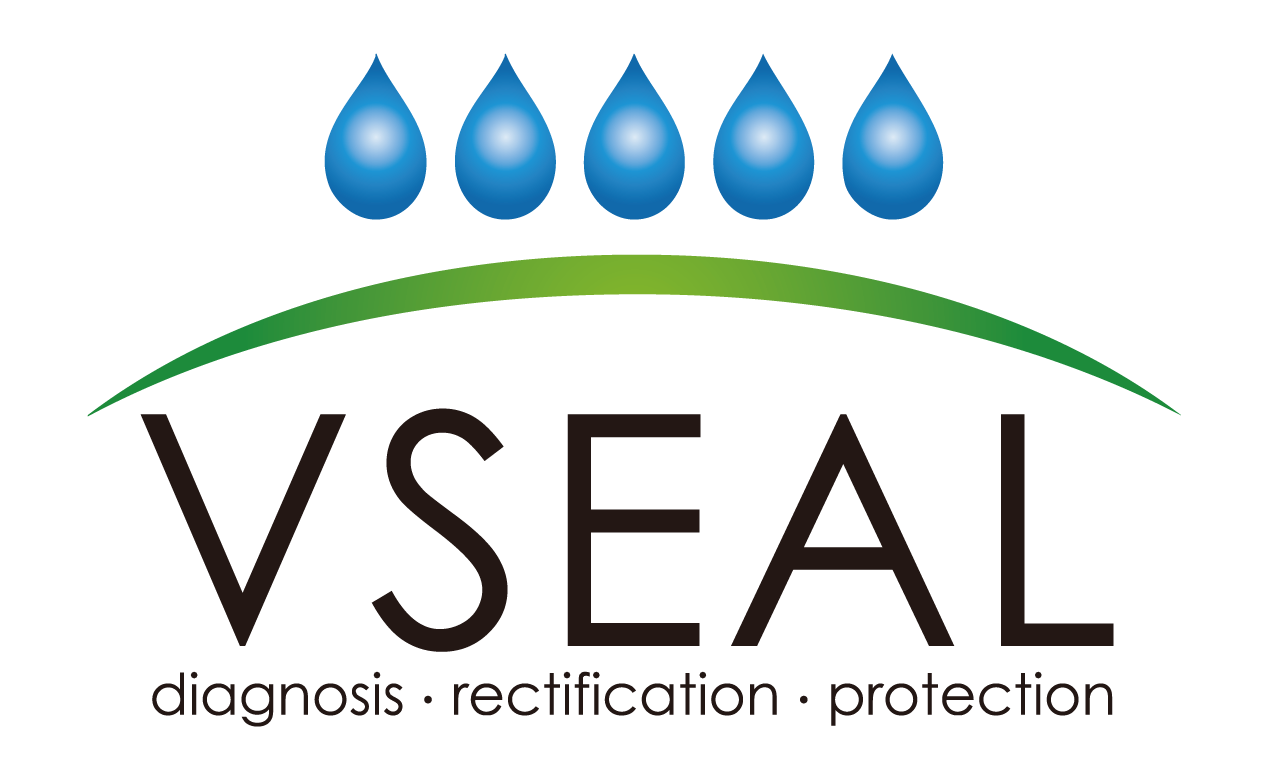Rope access is renowned for its efficiency in working at heights, but how safe is it compared to traditional methods like scaffolding or lifts? In this blog, we’ll explore the stringent safety standards that make rope access one of the safest work-at-height methods and the protocols that ensure technician safety.
Introduction to Safety in Rope Access
Rope access has gained a strong reputation for being a safe and reliable method of working at height, thanks to strict adherence to industry safety standards. Unlike scaffolding or lifts, rope access allows technicians to perform tasks in difficult-to-reach locations with minimal setup. The main advantage is the use of redundant safety systems, which ensure that even if one system fails, the technician is fully supported by another.
Comparing rope access to scaffolding or lifts, rope access is generally safer. While traditional methods involve bulky equipment and higher setup risks, rope access minimizes the exposure to hazards like falling materials, unstable platforms, or mechanical failures.
Key Safety Features in Rope Access
- Redundant Systems:
Rope access utilizes a double-rope system: a working rope and a backup safety rope. This ensures that in the event of a failure in one rope, the other is there to prevent a fall. Every task, from simple window cleaning to more complex operations like external electrical installations, adheres to this safety feature.
- Continuous Training and Recertification:
Safety in rope access depends heavily on the skill level of the technicians. Certified technicians undergo rigorous training, not only in rope handling but also in risk assessment and rescue techniques. Moreover, IRATA certification requires recertification every three years, ensuring that technicians stay updated on the latest safety protocols.
- Regular Equipment Inspections:
All rope access equipment must pass regular checks before every job. This includes harnesses, helmets, carabiners, and ropes. These items are carefully inspected for wear and tear, and faulty equipment is immediately replaced, reducing the risk of failure during operations.
Statistics on Rope Access Safety
One of the most compelling reasons why companies opt for rope access is its impressive safety record. According to the International Rope Access Trade Association (IRATA), the accident rate in rope access is significantly lower than in traditional access methods like scaffolding.
– Rope access has a reported accident rate of less than 0.1% per 100,000 hours worked, which is remarkably low compared to scaffolding or platform-related accidents.
– Certification and adherence to industry protocols are credited for this high level of safety, with trained technicians being better equipped to handle emergencies or avoid accidents.
This exceptional safety record highlights the importance of certification and continuous professional development in the field.
Safety Protocols in Different Sectors
Safety procedures in rope access vary slightly depending on the industry. However, the core principles remain the same across sectors:
- Construction:
In high-rise construction, rope access technicians perform tasks like wall crack repairs, building painting, and steel coating. Safety protocols focus on continuous communication with ground teams, and equipment is thoroughly inspected before and after each use.
- Offshore Rope Access:
Offshore rope access, particularly in the oil and gas industry, comes with additional hazards such as harsh weather, remote locations, and confined spaces. Technicians are often required to wear specialized gear and undergo more advanced safety training. Offshore inspections and maintenance rely heavily on rope access due to its adaptability and minimal disruption to operations.
Both sectors adhere to stringent emergency rescue protocols, with rescue equipment and procedures in place before any work begins.
Rope access is widely regarded as one of the safest methods for working at heights, thanks to its well-established safety protocols, redundant systems, and continuous technician training. The statistics speak for themselves: the low accident rate and high reliance on certification make rope access a go-to choice for industries like construction and offshore work. With proper adherence to safety standards, rope access technicians can work confidently and securely, knowing that their safety is prioritized every step of the way.
FAQ Section
- Is rope access safer than scaffolding?
Yes, rope access is generally considered safer due to its use of double-rope systems and reduced exposure to falling debris or equipment failures.
- How often do rope access technicians need to recertify?
Technicians need to recertify every three years to ensure they are up to date with the latest safety protocols and techniques.
- What kind of equipment is used in rope access?
Common equipment includes ropes, harnesses, helmets, carabiners, and descenders, all of which undergo regular safety inspections.
- Are there any rescue protocols in rope access?
Yes, before any job, rescue plans are set up, and technicians are trained in rescue techniques to handle emergencies.
- What industries rely on rope access in Malaysia?
Rope access is commonly used in industries such as construction, building maintenance, and offshore oil and gas.
- What are the accident rates in rope access?
Rope access has one of the lowest accident rates in the industry, with fewer than 0.1% of accidents per 100,000 hours worked.

